The EOS R5 Mark II is a worthy successor to the incredibly versatile EOS R5 bringing a host of new features that make this the most powerful EOS 5 series camera ever. It starts with a brand-new 45MP sensor that is back illuminated and stacked for blazingly fast read-out speeds that allow for a 30 fps electronic shutter, then builds on that with major focus improvements, increased video capabilities, and so much more.
- Completely NEW Canon designed full-frame back-illuminated stacked CMOS 45MP sensor.
- Fast sensor read-out speeds allow for up to 30 fps electronic shutter performance.
- New focus system upgrades include eye control focus, and the ability to maintain focus on a subject even when obscured briefly.
- Capture video and stills simultaneously with no interruption.
- Action Priority uses data to interpret the scene and predict the main subject to lock focus on it in action scenarios.
- People Priority Shooting for registering up to 10 people the camera can recognize and prioritze focus of.
- Capture 8K RAW at 59.94/50.00 fps, and can Canon LOG 2.
- Features the same 0.5-inch 5.76 million dot OLED EVF found in the EOS R3.
- Video Menus now use Cinema EOS terminology.
- Three optional battery grips are available to expand your capabilites.
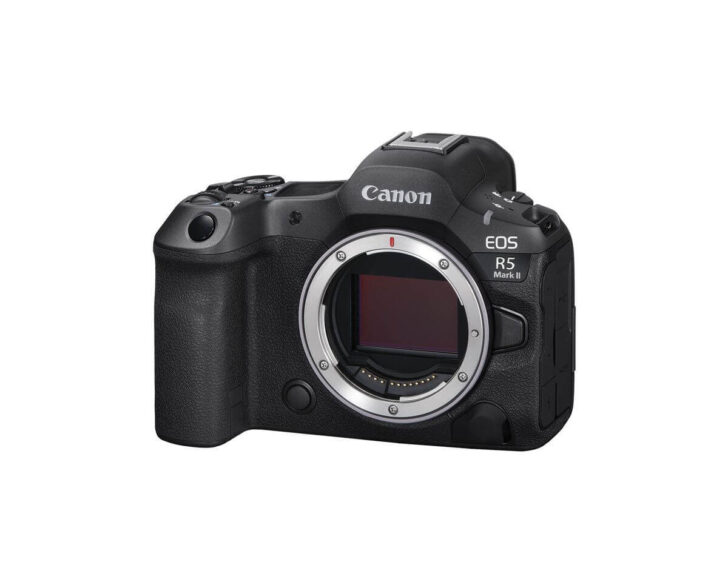
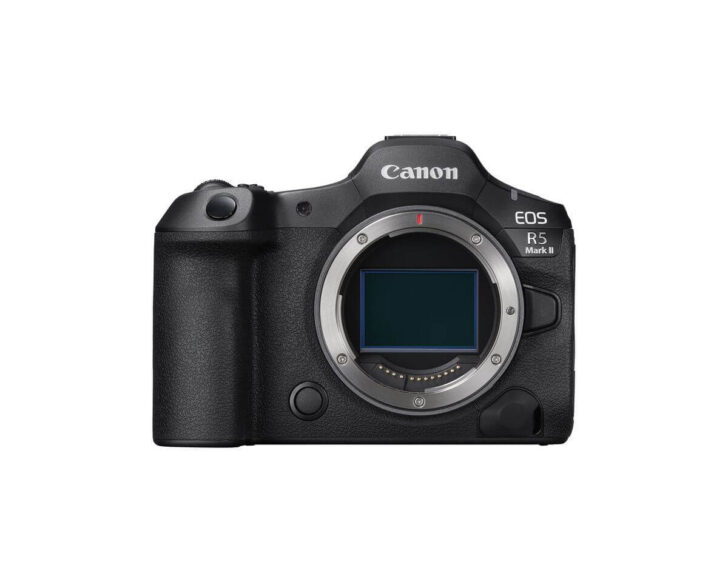
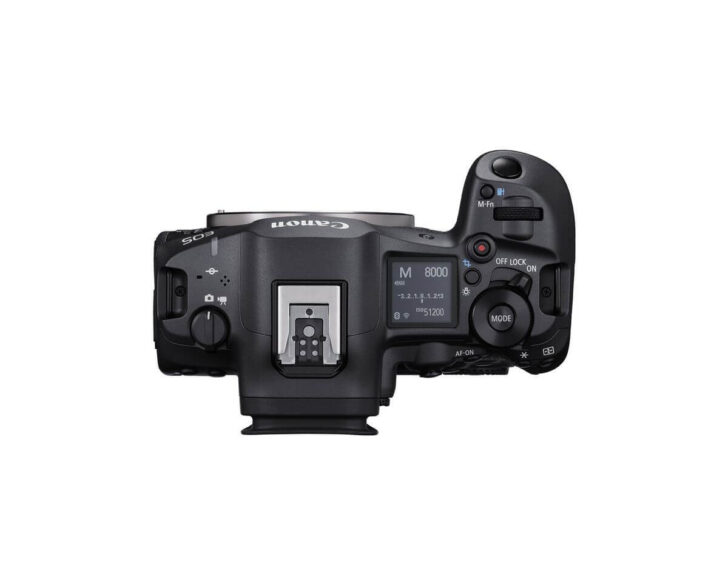
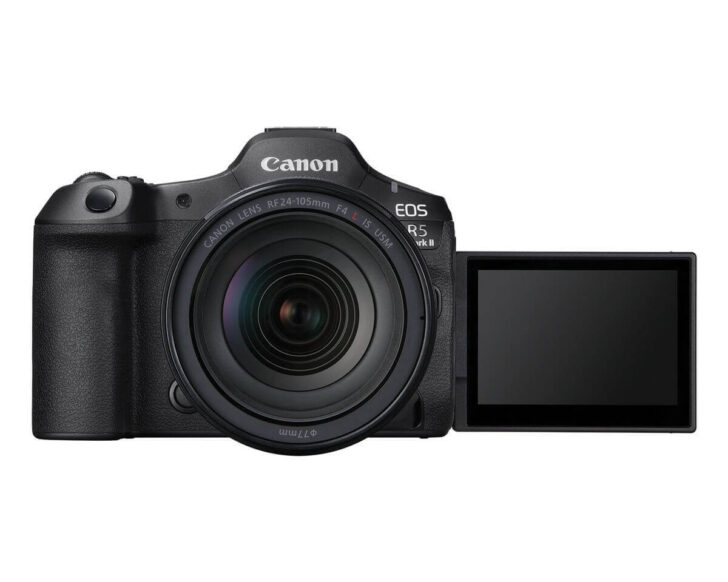
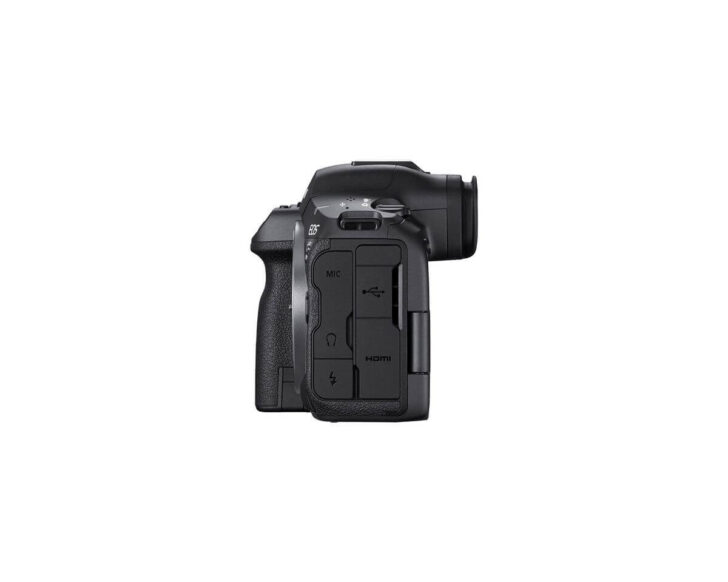
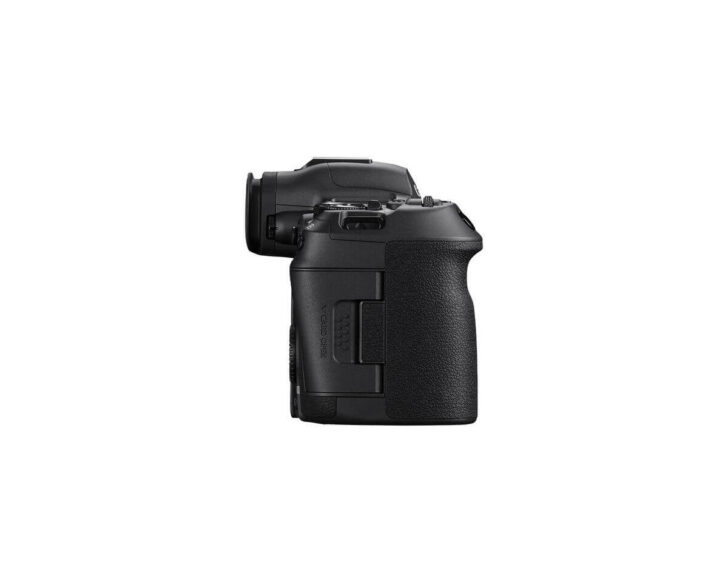
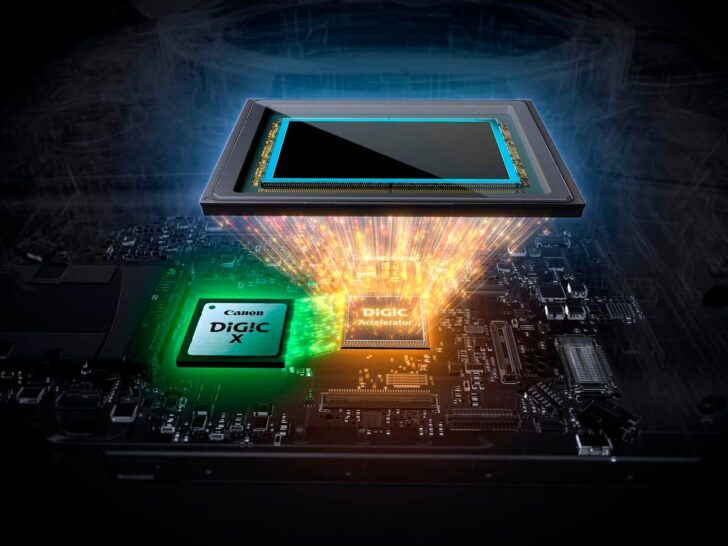
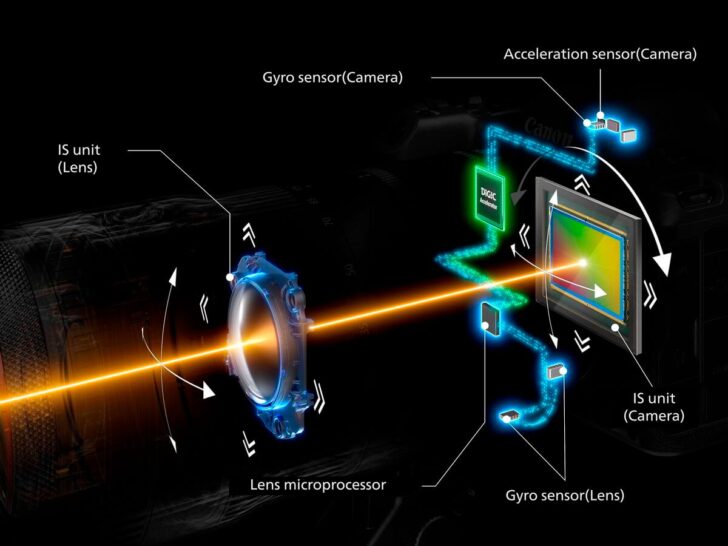

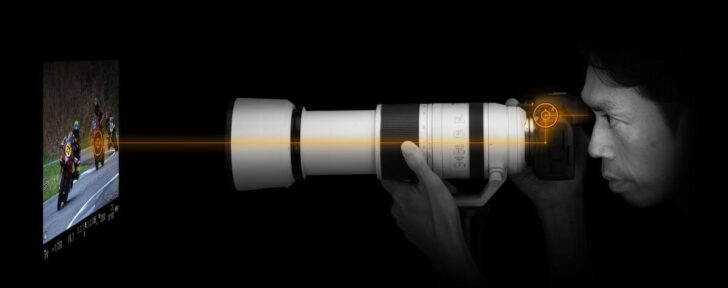
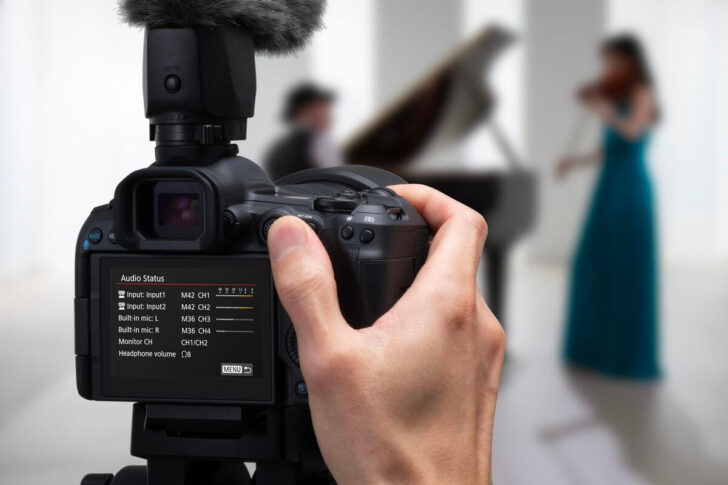
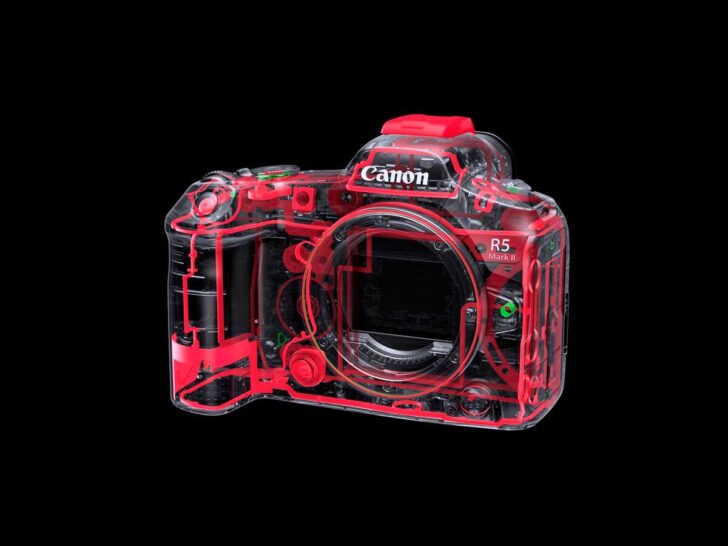
DIGIC Accelerator
The DIGIC Accelerator chip is a completely new front-end processor developed by Canon to supplement the power of the proven DIGIC X processor. The DIGIC Accelerator handles the processing that makes so many of the new features of this camera possible, allowing the DIGIC X chip to focus solely on image processing, again contributing to incredible speed. The DIGIC Accelerator processes large volumes of data directly from the image sensor for actions like AF detection to exposure metering calculations that enable eye-control focus, subject identification and tracking, and even deep learning with features like neural upscaling and noise reduction.
Totally new Sensor
Even though the pixel count is the same as the EOS R5, this is a completely new 45MP sensor design.This new full-frame sensor is stacked and back-illuminated allowing for incredible electronic shutter performance of 30 fps RAW or full-resolution JPEG still images.Sensor read-out speeds are dramatically increased, significantly reducing rolling shutter distortion.Pre-continuous shooting is now possible in electronic shutter mode, when the shutter is pressed halfway the camera begins capturing images, and when fully pressed, the previous ½-second of images are written to the memory card.
Time to focus
Autofocus has been significantly updated on the EOS R5 Mark II with features like subject tracking which it shares with the new flagship EOS R1. Subject tracking allows you to maintain focus on a subject even when they are obscured briefly while shooting. And, for even faster positioning of your active AF Area, the R5 Mark II adds Canon’s Eye Control AF – even more advanced than the Eye Control in the EOS R3 camera. Once you calibrate the viewfinder to your eye, just look where you want to focus, and the AF Area will move there when you press the AF activation button.
Action priority
Thanks again to the increased camera processing power of the DIGIC Accelerator chip, we have developed a new AF mode called Action priority. This new focusing technology selects subjects according to movement and other factors so you always get a great action shot! This feature works with three sports at the moment, soccer, volleyball, and basketball. With Action priority the camera can recognize and track specific people, and takes into account ball tracking, movement tracking, eye-control AF and more to help ensure you get the action shot you want when everything is moving so fast.
Get Cinematic
With its 45MP sensor, 8K video up to 60 frames per second can be recorded internally, to the camera’s CFexpress card (sold separately).A new menu now includes Cinema EOS terminology, making it even easier for users to access and understand the video features of this camera, and be easily integrated into video productions where Cinema EOS cameras may be used like the EOS C70 or EOS C400.
RAW video can be recorded at 8K resolution, and there’s now an S-RAW setting for 4K RAW video recording. RAW video is now 14-bit recording, for even greater range of tonalities. For users who don’t need RAW video, MP4-type video can be recorded in a multitude of possible file types and resolutions, from Full HD (at up to 240 frames per second), 4K at up to 120 frames per second with sound and 8K. Any of the “Fine” options record oversampled video, for even greater sharpness and detail. Canon Log 2 and C-Log 3 are available. And, the R5 Mark II adds features like a full-size HDMI port on the camera, Waveform monitors, and up to 24-bit, 4-channel audio recording.
More power
With all of the enhancements to the new EOS R5 Mark II, it requires a little more power than the previous EOS Mirrorless cameras, and therefore ships with a new, higher amperage battery, the LP-E6P.This battery is the same size and shape of previous LP batteries, but is easily distinguished from older models by featuring a white stripe and white Canon logo.This new battery can be used in older Canon mirrorless and even DSLR cameras, but will require a camera firmware update to do so.
Bright and clear EVF
A new Electronic viewfinder is now the same 0.5-inch 5.76 million dot OLED EVF you would find in the EOS R3 with approx. 100% coverage, 0.76x magnification, and an eyepoint of approx. 24mm.Some of the EVF lenses inside the body are sealedin an airtight structure making it difficult for the viewfinder to fog up.
Weather resistance
The EOS R5 Mark II is dust- and weather-resistant, with the same performance as the EOS R5, even when using one of the new optional grips.
Dual Card Slots for CFexpress** and UHS-II SD Memory Cards***
Whether you are shooting photos every day, or are recording 8K videos, the EOS R5 Mark II camera can capture an incredible amount of images through its super high-speed CFexpress dual card slots. Plus a UHS-II SD*** card slot is also provided at your disposal. The two card slots can be utilized for separate recording of still photos and movies, main and proxy recording of movies, and recording to multiple cards.
** Type B compatible. With firmware v.2.0.0 and above, camera can accept CFexpress cards over 2TB in capacity. With these cards, the camera can write to the first 2TB (only) of total card capacity.
*** Some types of data cannot be saved on the SD memory card.
Improved Image Stabilization
The EOS R5 Mark II has the same 5-axis in-body stabilization as the original R5 that provides optimal image stabilization, and uses coordinated IS in conjunction with RF lenses that have built-in IS. Roll operation range is now approx. 2xthat of the EOS R3, and when a compatible lens is used(*3), the CMOS sensor suppresses blurring at the periphery of the image, and even at the center. Additionally, the IS algorithm has been updated and a new mechanical design now allows for 8.5 stops of coordinated correction at the center, and 7.5 stops at the periphery(*1, *2, *3)
*1: Based on the CIPA 2024 standard. In yaw, pitch, and roll directions. Lens names: (TBD)
*2: Excluding Cinema lenses.
*3: For compatible lenses, please refer to Supplemental Information for EOS R5 Mark II on the website cam.start.canon.
| Type | Details |
|---|---|
| Type | Digital interchangeable lens mirrorless camera |
| Image Processor | DIGIC X (with DIGIC Accelerator co-processor) |
| Recording Media | Card 1: CFexpress memory card (Type B, CFexpress 2.0, VPG400 supported, up to 2 TB)Card 2: SDXC/SDHC/SD memory card (Compatible with UHS-II, Eye-Fi cards and MMC not supported) |
| Compatible Lenses | Canon RF lens group (including RF-S lenses)Using Mount Adapter EF-EOS R: Canon EF or EF-S lenses (excluding EF-M lenses) |
| Lens Mount | Canon RF mount |
Image Sensor Specifications
| Type | Details |
|---|---|
| Type | Canon designed full-frame back-illuminated stacked CMOS sensor |
| Effective Pixels | Approx. 45 megapixels |
| Screen Size | Approx. 36.0 x 24.0 mm |
| Pixel Unit | Approx. 4.40 µm square |
| Total Pixels | Approx. 50.3 megapixels |
| Aspect Ratio | 3:2 (Horizontal: Vertical) |
| Color Filter System | RGB primary color filters |
| Low Pass Filter | Installed in front of the image sensor, non-detachable |
Dust Deletion Feature
| Type | Details |
|---|---|
| Self Cleaning Sensor Unit | Removes dust adhering to the low-pass filter.At power off only / Enable / Disable. Performed automatically (taking about approx. 2 sec. as indicated on the screen) or manually (taking about approx. 8 sec. as indicated on the screen).After manually activated cleaning, the camera will automatically restart (Power OFF to ON).When [Multi Shot Noise Reduction], [Multiple exposures], or [HDR mode] is set, [Clean now] and [Clean manually] cannot be selected. |
| Dust Delete Data acquisition and appending | The coordinates of the dust adhering to the low-pass filter are detected by a test shot and appended to subsequent images.The dust coordinate data appended to the image is used by the EOS software to automatically erase the dust spots.Not available with RF-S/EF-S lenses. Setting may not be possible depending on the combination of functions (see the menu screen). |
| Manual cleaning | Manual cleaning (by hand) |
Recording System
| Type | Details |
|---|---|
| Recording Format | Compliant to Design rule for Camera File system 2.0 and Exif 2.31*. |
| Image Format | JPEG, HEIF, RAW / C-RAW / Dual Pixel RAW/ RAW burst (CR3), C-RAW (Canon original); Movies: ALL-I (Time-lapse video only), IPB (MP4) |
| Folder | When a card is inserted, the following folders are created automatically: DCIM, CRM, XFVC, and MISC folders |
| Folder Actions | Select folder, Create folder, Change folder name |
| Folder Name | Still Photos: DCF standards compliant. The following folder is created automatically in the DCIM folder. Default: EOSR5 (can be changed to any character string, 5 characters).Movies: XF-HEVC S / XF-AVC S format, REEL_**** in XFVC folder. A normal movie file (MP4) is saved. REEL_**** in CRM folder. A RAW movie file (CRM) is saved. In each REEL_**** folder: Up to 999 files can be saved in one folder. |
Movie Specifications
| Type | Details |
|---|---|
| Recording Size | RAW: 8192 x 4320 (Approx. 17:9)SRAW: 4096 x 2160 (Approx. 17:9)8K-DCI: 8192 x 4320 (Approx. 17:9)8K-UHD: 7680 x 4320 (16:9)4K-DCI: 4096 x 2160 (Approx. 17:9)4K-UHD: 3840 x 2160 (16:9)2K-UHD: 2048 x 1080 (Approx. 17:9)Full HD: 1920 x 1080 (16:9) |
| System Frequency | 59.94 Hz: NTSC / 50.00 Hz: PAL |
| Image Quality | High-quality 4K movies from 8K oversampling: 4K-D Fine, 4K-U FineHigh-quality 2K movies from 4K oversampling: 2K-D Fine, Full HD Fine |
| Movie Cropping | The recording format and movie recording size of the proxy movie are set automatically depending on the recording format and movie recording size of the main movie.Proxy movie recording format: XF-HEVC S YCC420 8bit 2K-D Standard LGOP Light LGOP |
| Recording Format | RAWXF-HEVC S YCC422 10 bitXF-HEVC S YCC420 10 bitXF-AVC S YCC422 10 bitXF-AVC S YCC420 8 bitMP4 |
| Bit Depth | RAW: 14 bits (14-bit A/D conversion), Canon originalJPEG: 8 bitsHEIF: 10 bits |
Still Photo Recording
| Type | Details |
|---|---|
| Image Size | RAW: RAW / C-RAWJPEG / HEIF: L / M/ S1 /S2 |
| Recording Pixel Count | L: Approx. 44.8MP (8192×5464)M: 24.0MP (6000×4000)S1: Approx. 11.6MP (4176×2784)S2: Approx. 3.8MP (2400×1600) |
| Aspect Ratio | 3:2 (Horizontal: Vertical) |
| Color Filter System | RGB primary color filters |
| Low Pass Filter | Installed in front of the image sensor, non-detachable |
| Image Type | JPEGHEIFRAWC-RAW |
| Bit Depth | JPEG: 8 bitsHEIF: 10 bitsRAW: 14 bits (14-bit A/D conversion), Canon original |
Gamma / Color Space
| Type | Details |
|---|---|
| HDR Shooting (PQ) | Color Space: Internal Recording: BT.709 / HDR PQ: BT.2020HDMI Output: BT.709 / BT.2020 (When connected to an HDR compatible monitor) |
| Video Signal Range | HDR Shooting (PQ): Internal Recording: 0-1023 Full RangeHDMI Output: 64-940 Narrow Range |
| RAW+JPEG/HEIF simultaneous recording | Simultaneous recording of any combination of RAW/C-RAW images and JPEG/HEIF images is supported. |
High Frame Rate Movie
| Type | Details |
|---|---|
| Disable / Enable | A movie recorded with [High Frame Rate: Enable] is played back at 29.97 fps (NTSC) / 25.00 fps (PAL) (played back in slow motion).No audio is recorded for the movie recorded with [High Frame Rate: Enable].Automatically stops if the maximum recording time per movie is exceeded.HDMI output during recording is at 59.94 fps (NTSC) / 50.00 fps (PAL).The time code counts up 8 sec. (at 239.76 / 200.00 fps) or 4 sec. (at 119.88 / 100.00 fps) per second of real time.Only exFAT-formatted cards can be used for recording (recording to FAT32-formatted cards is not possible). |
HDR Movie Mode
| Type | Details |
|---|---|
| Enable / Disable | An HDR movie is created with a single exposure. Unnatural afterimages do not occur when shooting a moving subject.HDR Movie Recording: Enable / DisableShadow compensation: Off / Standard / BrighterSaturation: -4 / -3 / -2 / -1 / 0 / 1 / 2 / 3 / 4Limitation of maximum brightness: Disable / 1000 nitsCan be set in conjunction with [HDR PQ shooting: PQ].Movie digital IS and high-frequency anti-flicker shooting are possible. |
Dual Shooting
| Type | Details |
|---|---|
| Still & Movie | Dual shooting (still & movie): On/OffWhen using LP-E6P Battery / DR-E6P Power AdapterDrive mode: High speed / Low speed / Single shootingHigh speed shooting: Max. approx. 7.5 shots/sec. (NTSC), Max. approx. 6.2 shots/sec. (PAL)Low speed shooting: Max. approx. 5.0 shots/sec. (NTSC), Max. approx. 4.1 shots/sec. (PAL)JPEG quality: 1–10 (settable in 10 levels)Movies: Main recording format: XF-AVC S YCC420 8 bit Movie recording size: Full HD (Normal), Frame rate: 29.97 (NTSC) / 25.00 (PAL) fps, Compression method / LGOPStill Photos: Recording pixel count: 7680×4320, Aspect ratio: 16:9, Recording image type: JPEG only |
Additional Specifications
| Type | Details |
|---|---|
| White Balance | Settings: Auto (Ambience priority/White priority), Daylight, Shade, Cloudy, Tungsten light, White fluorescent light, Flash, Custom (Custom WB), Color temperatureAuto White Balance Option between ambience priority and white priority settings, using SET buttonWhite Balance Shift: Blue/amber bias: +/-9 levels, Magenta/green bias: +/-9 levelsWB Bracketing available, up to +/-3 levels Blue/amber or magenta/green, via Quick Control Dial |
| Viewfinder | Type: OLED color electronic viewfinder; 0.5-inch, approx. 5.76 million dotsCoverage: Approx. 100% vertically and horizontally relative to the shooting image area (with image quality L, at approx. 24mm eyepoint).Magnification / Angle of View: Approx. 0.76x / Approx. 35.5 degrees (with 50mm lens at infinity, -1 m-1)Eye Point: Approx. 24mm (at -1 m-1 from the eyepiece lens end)Dioptric Adjustment Range: Approx. -4.0 to + 2.0 m-1 (dpt)Viewfinder Information: Multiple indicators including maximum burst, focus bracketing, HDR shooting, etc. |
| Autofocus | Focus Method: Dual Pixel CMOS AFNumber of AF zones: Max. 1053 zones (90 x 65)Selectable Positions for AF Point: Max. 5850 positions (78 x 56)Focusing brightness range: EV –7.5 to 21Available AF Areas: Spot AF, 1-point AF, Expand AF area: Above/below/left/right, etc.Available Subject Detection: Auto, People, Animals, VehiclesEye Detection: Auto, Right Eye, Left Eye |
| Exposure Control | Metering Modes: Evaluative metering, Partial metering, Spot metering, Center-weighted average meteringMetering Range: EV -3 to 20Exposure Modes: A+ Scene Intelligent Auto, Fv Flexible-priority AE, P Program AE, etc.ISO Speed Range: Normal ISO 100–51200, Expanded L (equivalent to ISO 50), H (equivalent to ISO 102400)Exposure Compensation: User-set +/-3 stops in 1/3- or 1/2-stop incrementsAE Lock: Auto AE lock and User-set AE lock |
| Shutter | Type: Electronically controlled focal-plane shutterShutter Speeds: 1/8000th sec – 30 seconds, in 1/3 or 1/2 -step incrementsX-sync Speed: Mechanical Shutter: 1/200 sec., Elec. 1st-curtain: 1/250 sec.Shutter Release: Soft-touch electromagnetic releaseSelf Timer: 10-sec. delay, 2-sec. delay, Continuous |
| Image Stabilization | Still Photo IS: In-body IS operation can be selected when using a non-IS lens.Coordinated IS when used with Canon RF or RF-S lenses having optical Image Stabilization |
| Flash | Accessory Shoe: Canon Multi-function accessory shoeE-TTL balance: Ambience priority, standard, flash priorityFlash Exposure Compensation: +/-3 stops in 1/3- or 1/2-stop increments |
| HDR Shooting | HDR Shooting (HDR PQ): Disable / HDR PQStill Photo HDR PQ: HEIF 10 bit YCbCr 4:2:2 ITU-R BT.2100 (PQ)Movie HDR PQ: mp4 10 bit YCbCr 4:2:2 ITU-R BT.2100 (PQ) |
| Video Shooting | Maximum shooting Times: High-frame rate disabled: 100.00 fps or more Maximum: 2 hr. 00 min. 00 sec.File Format: Container format MP4, Bit depth 8 bit / 10 bit, Compression H.264 / MPEG-4 AVC, H.265 / HEVCColor sampling method: YCbCr 4:2:0 / YCbCr 4:2:2 |
|
When you purchase through links on our site, we may earn an affiliate commission. Here's how it works. |




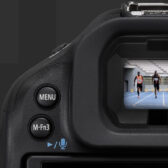
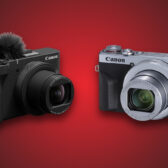
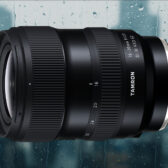
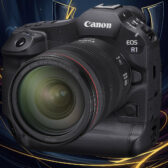
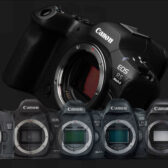
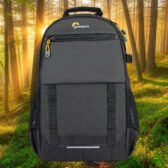
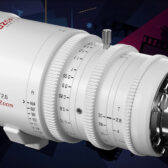

only 2
Also if I read it right that when we in Video recording Canon allow us to take still photos too but in JPEG only?
Also no mention about pre-capture and no CFe B V4 support then ... dang!
\"Card 1: CFexpress memory card (Type B, CFexpress 2.0, VPG400 supported, up to 2 TB)Card 2: SDXC/SDHC/SD memory card (Compatible with UHS-II, Eye-Fi cards and MMC not supported)\"
1. Blackout free shooting??
2. It said M raw size is 24mp, but is that the value when in crop mode or are those just smaller resolution files in full frame mode? If it’s crop I’m in love.
3. It says EOS cinema terminology.. is that the cinema menus or is that just naming conventions?
4. The specs show shutter at 1/8000 max.. I hope that’s not the limit and it’s closer to r3 speeds.
5. Do we lose all the AF features in any framerate, like 4k 120fps??